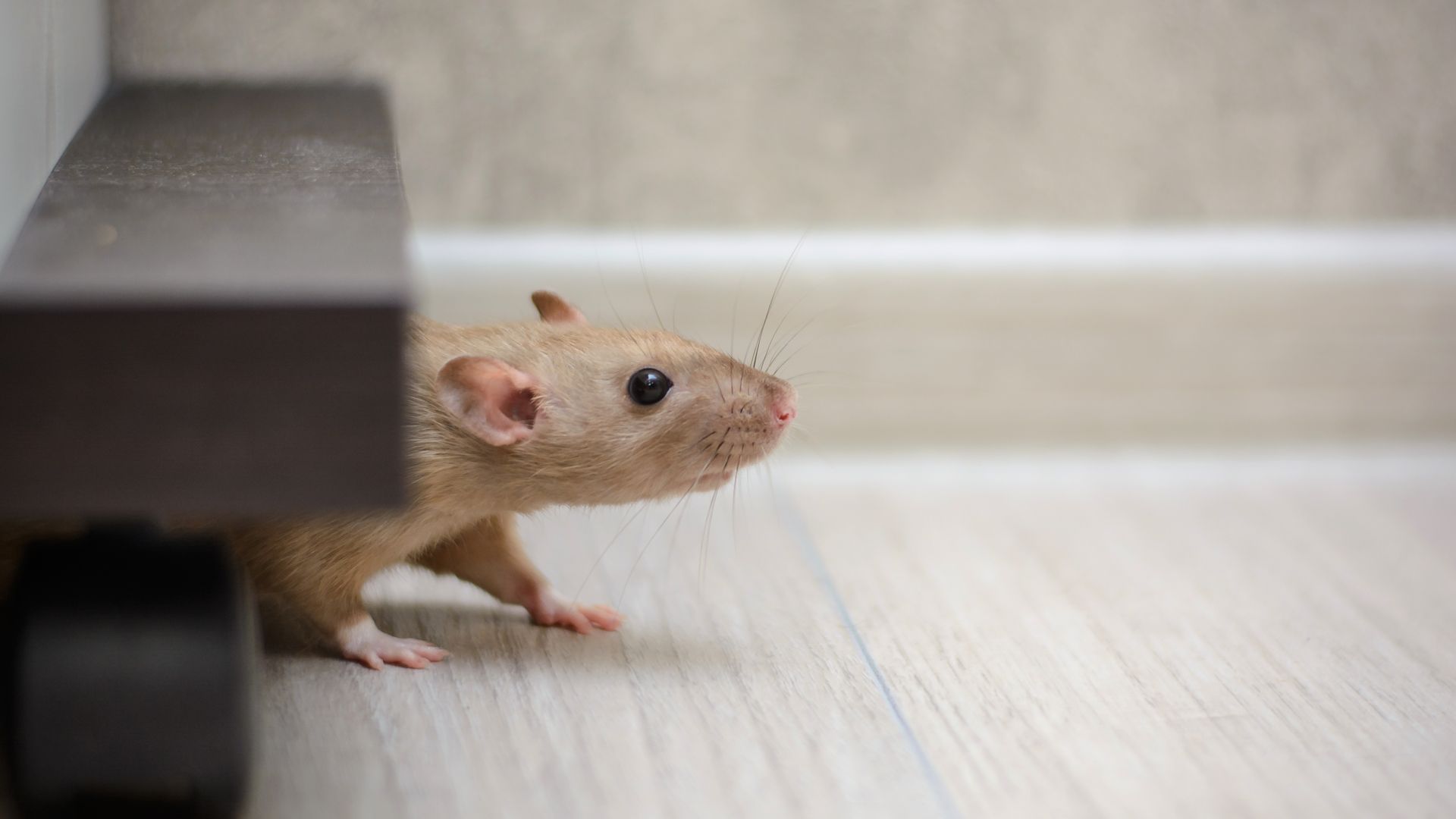What is a Wasp Nest?
A wasp nest is the dwelling place constructed by social wasps, such as yellowjackets and hornets, to house their colony. These nests are typically made from a papery substance, which the wasps create by chewing wood fibers and mixing them with saliva. This papery material forms the outer structure of the nest, providing protection and insulation for the wasp colony.
Types of Wasp Nests:
There are two primary types of wasp nests:
- Paper Wasp Nests: Paper wasps construct open, umbrella-shaped nests. These nests are usually attached to structures like eaves, branches, or other sheltered locations. They have a single layer of cells and are not enclosed in an outer covering.
- Yellowjacket and Hornet Nests: Yellowjackets and hornets build enclosed nests, which resemble a large, spherical structure. These nests can be found in trees, shrubs, or even underground. They are made of multiple layers of papery material and have a single entrance hole.
Life Cycle of a Wasp Nest:
Understanding the life cycle of a wasp nest is crucial when dealing with them. Here's a simplified overview:
- Spring: The queen wasp emerges from hibernation and starts building a small nest. She lays eggs, which hatch into worker wasps. Workers then take over nest expansion and maintenance.
- Summer: The nest grows rapidly during this season. Workers forage for food and care for the growing brood of wasps, while the queen continues laying eggs. This is when nests are most active.
- Late Summer/Fall: As temperatures drop, the colony's dynamics change. New queens and male wasps are produced, and the colony's focus shifts to reproduction. Eventually, the colony starts to decline, and the nest is abandoned.
Wasp Nest Removal
If you discover a wasp nest near your home or in a problematic location, it's essential to handle it with caution. Here are some steps to consider:
- Identification: First, determine the type of wasp nest you're dealing with, as this affects the level of danger and appropriate removal methods.
- Safety Gear: When approaching a nest, wear protective clothing, including long sleeves, pants, gloves, and a beekeeper's veil or a hat with a net to protect your face.
- Nighttime Removal: Wait until nighttime when wasps are less active or even dormant. They have reduced visibility in the dark and are less likely to defend the nest aggressively.
- Use Insecticide: Consider using a wasp-specific insecticide spray designed for nest elimination. Follow the product instructions carefully. Aim for the nest entrance and thoroughly saturate it.
- Careful Removal: After treatment, allow time for the colony to die off completely. Once you're confident that the wasps are no longer active, carefully remove the nest and dispose of it properly.
- Preventive Measures: To deter future nest building, seal potential entry points around your home and remove any attractants like uncovered food and sugary beverages.
- Professional Help: If you're unsure or uncomfortable dealing with a wasp nest, it's best to consult a pest control professional who can safely remove it.
Remember that wasp nests can be dangerous, especially if disturbed, so exercise caution and prioritize safety when attempting to handle them yourself.

